How to Write a Rec Letter Email Template
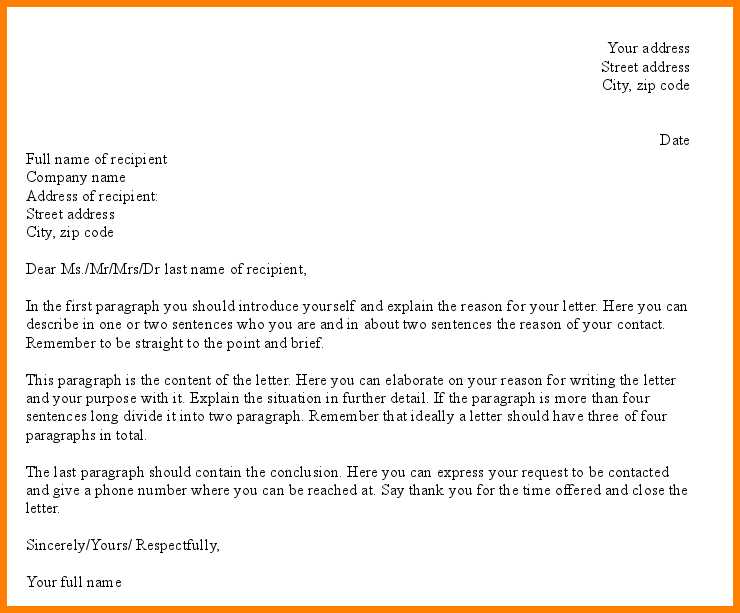
When reaching out for a recommendation, the way you structure your message plays a critical role in ensuring a positive response. The approach should reflect professionalism, clarity, and respect for the recipient’s time.
Effective communication requires not only a polite tone but also a well-organized format. A carefully composed request highlights your intentions clearly and shows appreciation for the person’s potential support.
By understanding how to present your request, you can increase your chances of receiving a thoughtful and valuable endorsement. Ensuring that your message is straightforward and concise will make it easier for the recipient to respond favorably.
Understanding the Importance of Recommendation Requests
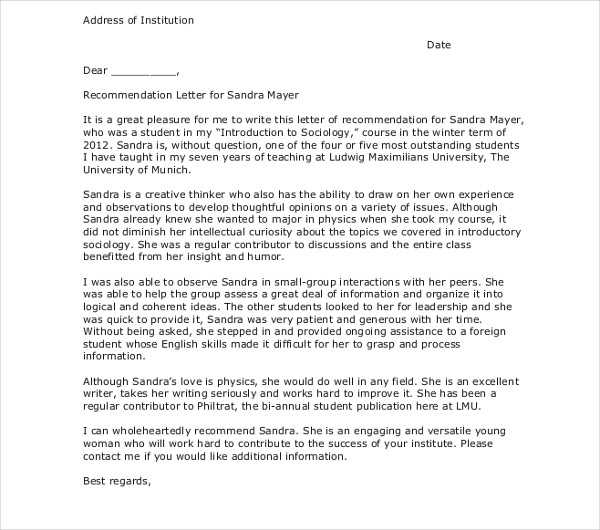
Seeking a favorable reference is a crucial step in many professional and academic situations. Whether you are applying for a job, a scholarship, or a new opportunity, the endorsement of someone familiar with your abilities and character can make a significant difference. A well-crafted request can strengthen your application and showcase your dedication to the process.
Building Trust and Credibility
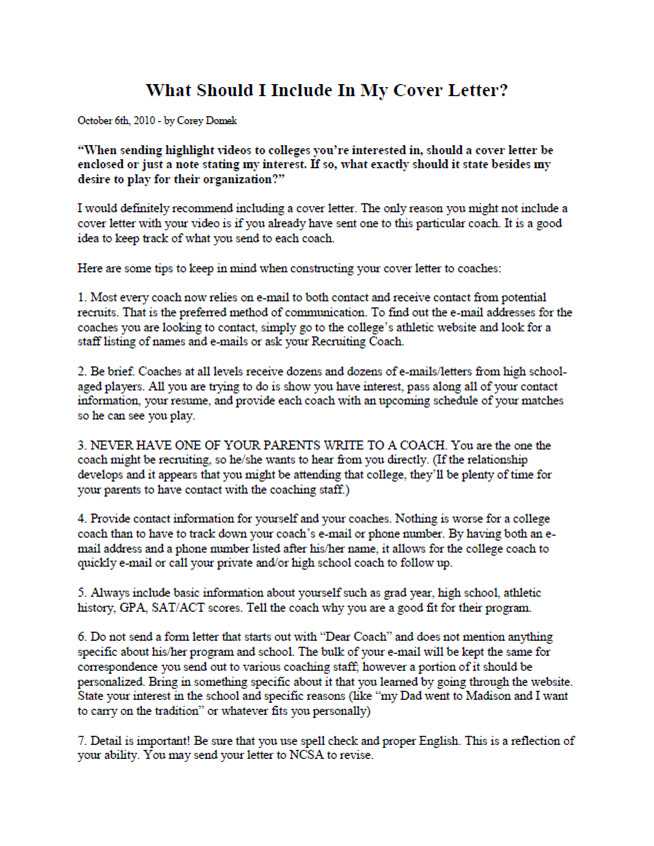
When you ask for an endorsement, you are not just seeking a favor; you are requesting an opportunity to highlight your strengths through someone else’s perspective. This act can build trust, showing potential employers or institutions that others vouch for your capabilities. The right recommendation can set you apart from other candidates.
Demonstrating Professionalism
Asking for a recommendation in a clear and respectful manner demonstrates your professionalism. It reflects your ability to communicate effectively and manage relationships. A thoughtful request is an essential part of maintaining a positive image, whether you are pursuing career advancement or academic goals.
Key Elements to Include in Your Request
When reaching out for a recommendation, it is important to structure your message carefully to ensure clarity and professionalism. Your request should be straightforward, while also conveying gratitude and respect for the recipient’s time and effort. Including the right details will help the person providing the reference understand exactly what is needed.
Clear introduction: Begin by briefly introducing yourself and stating the purpose of your message. This ensures the recipient understands who you are and the context of your request.
Specific details: Mention the position, program, or opportunity for which the recommendation is intended. This allows the person writing the reference to tailor their endorsement to suit the particular requirements.
Appreciation and closing: End the request by expressing genuine thanks for their time and consideration. A polite and respectful tone encourages a positive response and leaves a lasting impression.
How to Address the Recipient Properly
When requesting a recommendation, how you address the individual plays a key role in setting the tone of the communication. The way you initiate the conversation shows respect and professionalism, influencing the recipient’s willingness to assist. A thoughtful approach to addressing them ensures your message is received positively.
Using Formal Titles
In professional contexts, it is important to use the appropriate titles when addressing the person. Whether they are a professor, manager, or colleague, using their proper title, such as “Dr.” or “Mr./Ms.,” demonstrates respect and acknowledges their position. Avoid overly casual greetings unless you have a close, informal relationship with the recipient.
Personalizing Your Approach
While it is essential to remain formal, adding a personal touch can enhance your request. Addressing the recipient by name, rather than using a generic greeting, shows you are mindful of the relationship and adds a sense of individual recognition. A personalized approach makes your message feel more considerate and sincere.
Tips for Crafting a Professional Tone
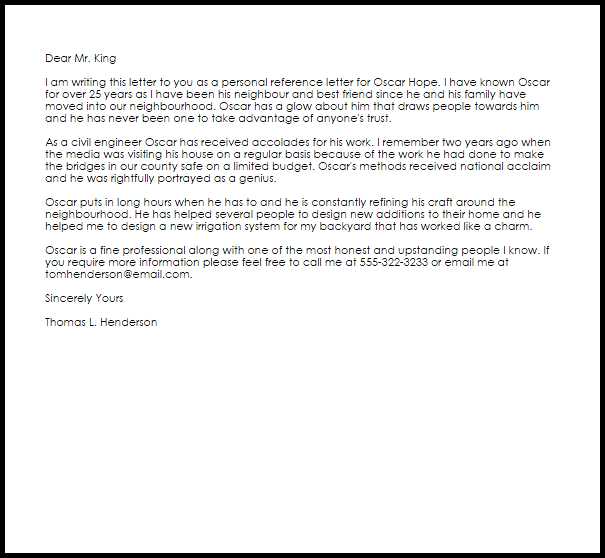
When requesting a recommendation or reference, maintaining a professional tone is essential to convey respect and seriousness. A well-balanced approach ensures that your message is taken seriously and that the recipient feels valued. Below are some key strategies to help you achieve a professional tone in your request.
- Use polite language: Always employ courteous expressions such as “please” and “thank you.” This shows that you respect the recipient’s time and effort.
- Be concise and clear: Avoid unnecessary details or lengthy explanations. Stay focused on the purpose of your request and communicate it in a straightforward manner.
- Stay formal: Use formal language, especially when addressing individuals in a professional or academic context. Opt for full sentences and proper grammar rather than casual phrasing.
- Express gratitude: Acknowledge the recipient’s time and willingness to assist you. Showing appreciation adds a positive and respectful tone to the message.
By following these guidelines, you can ensure that your message remains both respectful and professional, making it more likely to receive a positive response.
Common Mistakes to Avoid in Requests
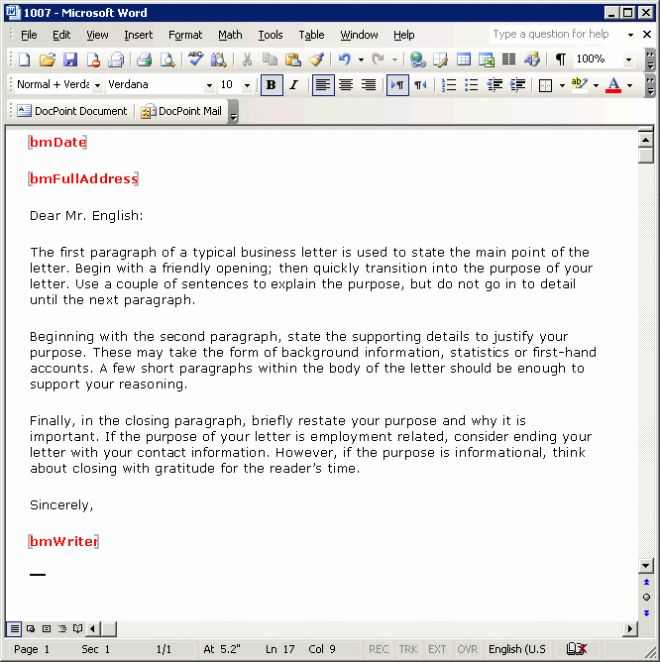
When reaching out for a recommendation, there are several common pitfalls that can undermine the professionalism of your message. Avoiding these mistakes is crucial to ensure that your request is taken seriously and receives a positive response. Below are some of the most frequent errors and how to prevent them.
Being Too Casual
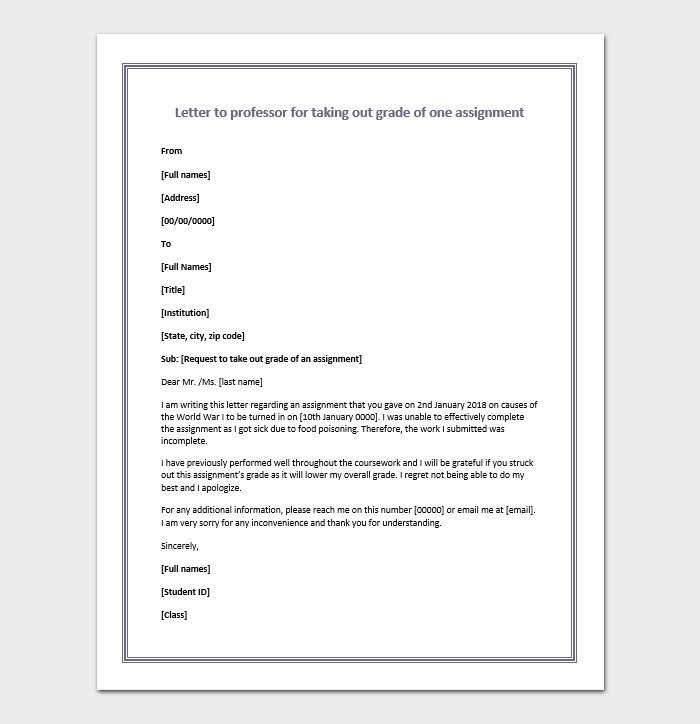
One of the biggest mistakes is adopting an overly informal tone, especially in professional or academic requests. Avoid using slang or overly familiar language, and always address the recipient with the appropriate level of formality. A respectful tone conveys that you take the process seriously and value the person’s time.
Providing Insufficient Information
Failing to include key details in your request can lead to confusion or a delayed response. Make sure to specify the context of your request, such as the position, program, or project for which the recommendation is needed. This enables the recipient to provide a more tailored and relevant endorsement.
Other common mistakes include:
- Neglecting to proofread: Always check your message for grammatical errors and typos before sending it.
- Not expressing appreciation: Failing to thank the recipient in advance can come across as impolite.
By avoiding these errors, you increase your chances of receiving a thoughtful and effective recommendation.
How to Follow Up After Sending
After sending your request, it’s important to follow up if you haven’t received a response within a reasonable timeframe. A thoughtful follow-up demonstrates your continued interest and ensures that your request has been received. It’s essential to approach this step with professionalism to maintain a positive relationship with the recipient.
When following up, be polite and concise, showing appreciation for their time. Don’t come across as impatient or demanding, as this can reflect poorly on you. Below is a guide on how to structure your follow-up message.
| Step | Action |
|---|---|
| 1. Wait for a Reasonable Time | Give the recipient a few days or a week to respond before reaching out again. |
| 2. Keep it Short and Professional | Write a brief message thanking them for considering your request and asking if they need any further information. |
| 3. Reaffirm Your Gratitude | Always express appreciation for their time and consideration in your follow-up. |
| 4. Avoid Repetition | Don’t repeat the details of your original request. Simply ask if they need anything further or if you can provide additional information. |
Following these steps will help ensure your message remains polite and professional while keeping the conversation on track.